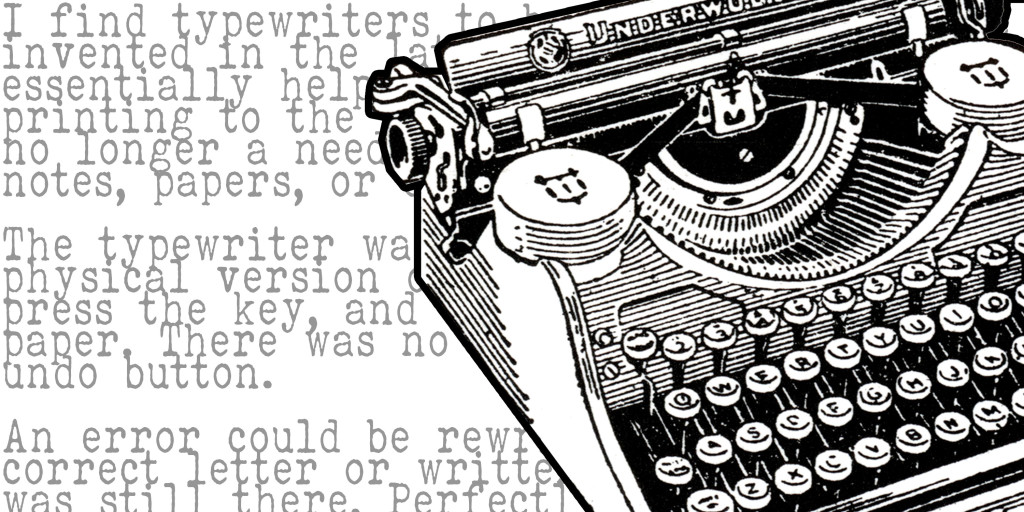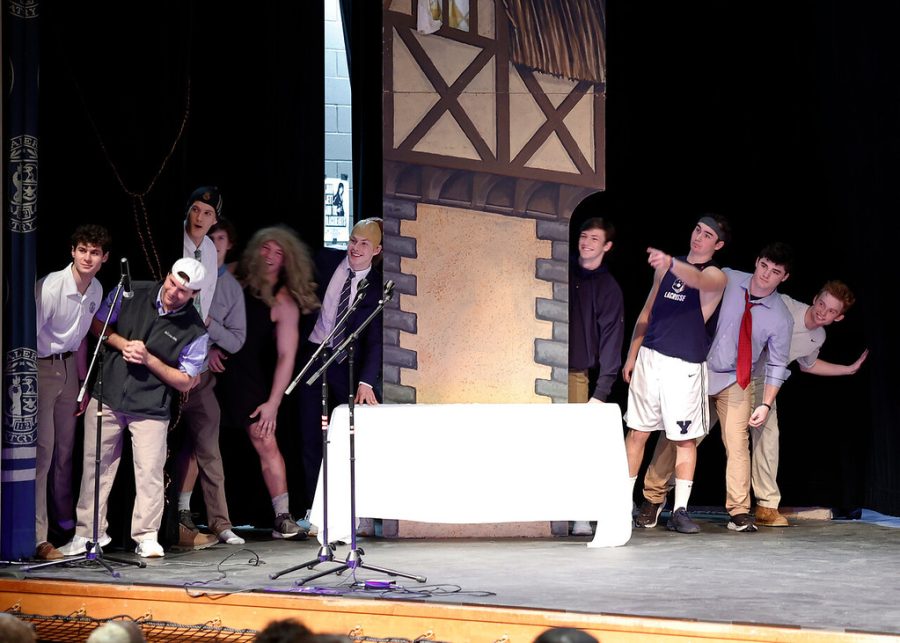Old typewriters are given a new life as children and adults alike spark a new interest in the machines.
First used over a century ago, typewriters were forgotten when computers were introduced to the everyday household. However, they are now making a resurgence.
I think a good word to describe myself is “enthusiast”. I am an enthusiast when it comes to many things – when I was younger, it was trading cards, from Pokemon to Yugioh to the MLB.
When I was in sixth grade, I started a coin collection. I now have two giant boxes, the kind you get filled with paper from an office store, full of coins.
I have hundreds and hundreds of wheat pennies alone. (For those who don’t know, wheat pennies were pennies made up to 1956, when they were replaced by the current design). I have pennies made of steel, from WW2. Have you ever seen a magnetic penny?
I have a bag full of stamps, a mini collection of professional athletes’ autographs, and a basement full of computers as old as 1993. Now, I have nine typewriters, and a vintage adding machine to go with them.
I find typewriters to be enthralling. First invented in the late 19th century, they essentially helped to bring mainstream printing to the common household. There was no longer a need to painstakingly handwrite notes, papers, or documents.
The typewriter was basically a dumbed down, physical version of today’s Microsoft Word – press the key, and the letter appears on paper. There was no backspace. There was no undo button.
An error could be rewritten over with a correct letter or written over in red, but it was still there. Perfectly typed pages were practically masterpieces.
As time passed and the rest of the world evolved, so did the typewriter. Some of the earliest typewriters included bulky, twenty-plus pound models meant to sit on a desk. Some were big and heavy enough that they required an entire other construction just to hold them up.
Eventually, the portable typewriter came, as small typewriters were bolted to the bottom of carrying cases. In the latter half of the 20th century electric typewriters were introduced, which evolved into word pads – a typewriter with a digital screen, where a typed line would appear and could be edited before being printed onto the page. These can still be bought in office stores today.
So what brought on the typewriter revolution? There are a couple reasons. Authors such as Ernest Hemingway used them. Tom Hanks once agreed to an interview after being sent a typewriter. Typewriters often make cameos in movies, like in Perks of Being a Wallflower (the movie that piqued my interest in the machines).
There are newly designed electric typewriters made specifically for hipsters.
But possibly the most surprising reason of all – Edward Snowden. The NSA leaks sparked a gigantic, national and international movement for security and personal privacy. Who knew if they had already gained access to your phone, tablet, or even computer?
That’s where the typewriter comes in. The words aren’t stored on a hard drive, or on the cloud, or on some encrypted USB stick to be secretly shared. The only copy is on the physical piece of paper in front of you. Some governments or government members still use typewriters today – type the documents, and store the papers in a vault. A piece of paper can’t be hacked.
So why do I collect typewriters? I don’t do it for security, and I don’t consider myself to be a hipster. Typewriters, much like coins, played an interesting part in the history of the world, and I appreciate just how cool they really are.







